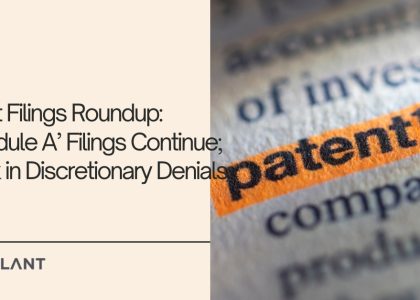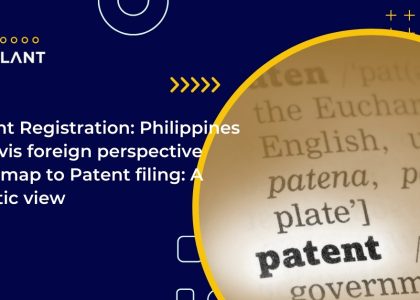Understanding the Patent File Wrapper
A patent file wrapper, also known as prosecution history or file history, is a collection of documents and correspondence between a patent applicant and a patent office, such as the United States Patent and Trademark Office (USPTO). The file wrapper contains a complete record of the patent prosecution process, from the initial application to the final grant or patent rejection.
The file wrapper typically includes the following types of documents:
- The patent application, including the specification, claims, and drawings.
- Correspondence between the applicant and the patent office, such as office actions and responses.
- Amendments made to the application by the applicant or requested by the patent office.
- Examiner’s notes and comments on the application.
- Notices of allowance or rejection of the patent application
- Appeals and related documents, if applicable.
The information in the patent file wrapper is useful for understanding the history of a patent and the reasons behind its approval or rejection. Patent attorneys can also use it to evaluate a patent’s strength and identify potential issues that may arise during litigation.
Importance of patent file wrapper
The patent file wrapper is an important resource for several reasons, including:
- Ensuring Patent Validity: The file wrapper provides a complete record of the patent prosecution process, including any amendments to the application and the examiner’s notes and comments. By examining the file wrapper, patent attorneys can identify potential issues that may arise during litigation and ensure the patent’s validity.
- Understanding Patent Scope: The file wrapper can also be used to understand the scope of the patent, including the types of claims allowed or rejected during prosecution. This can help inventors, and patent attorneys evaluate the strength of the patent and identify potential infringement issues.
- Identifying Competitors’ Patent Activities: By examining the file wrappers of competitors’ patents, inventors and patent attorneys can gain insights into the types of claims and arguments that have successfully obtained a patent. This can help inform their patent strategies and identify potential infringement issues.
- Evaluating Patentability: The file wrapper can also be used to evaluate the patentability of similar inventions. By examining the file wrapper of similar patents, inventors and patent attorneys can gain insights into the types of arguments and amendments necessary to obtain a patent.
Why do you need a file wrapper?
There are several reasons why someone might need to access a patent file wrapper, including:
- To understand the patent’s scope and validity: The file wrapper provides a comprehensive record of the entire patent prosecution process, including the examiner’s notes and comments, amendments made to the application, and the applicant’s responses. By examining this information, one can better understand the patent’s scope and validity.
- To identify potential litigation issues: By examining the file wrapper, patent attorneys can identify potential litigation issues, such as inconsistencies in the patent application or arguments made by the applicant during prosecution that may be used against them in court.
- To evaluate the patentability of similar inventions: By examining the file wrapper of similar patents, inventors and patent attorneys can gain insights into the patentability of their inventions, including the types of arguments and amendments that may be necessary to obtain a patent.
- To monitor competitors’ patent activities: The file wrapper can also be used to monitor the patent activities of competitors, including the types of claims and amendments they are making and the types of arguments they are using to support their patents.
The patent file wrapper is essential for anyone involved in patent prosecution, litigation, or analysis. It provides a complete record of the patent prosecution process and can help inform important decisions about patentability and validity.




